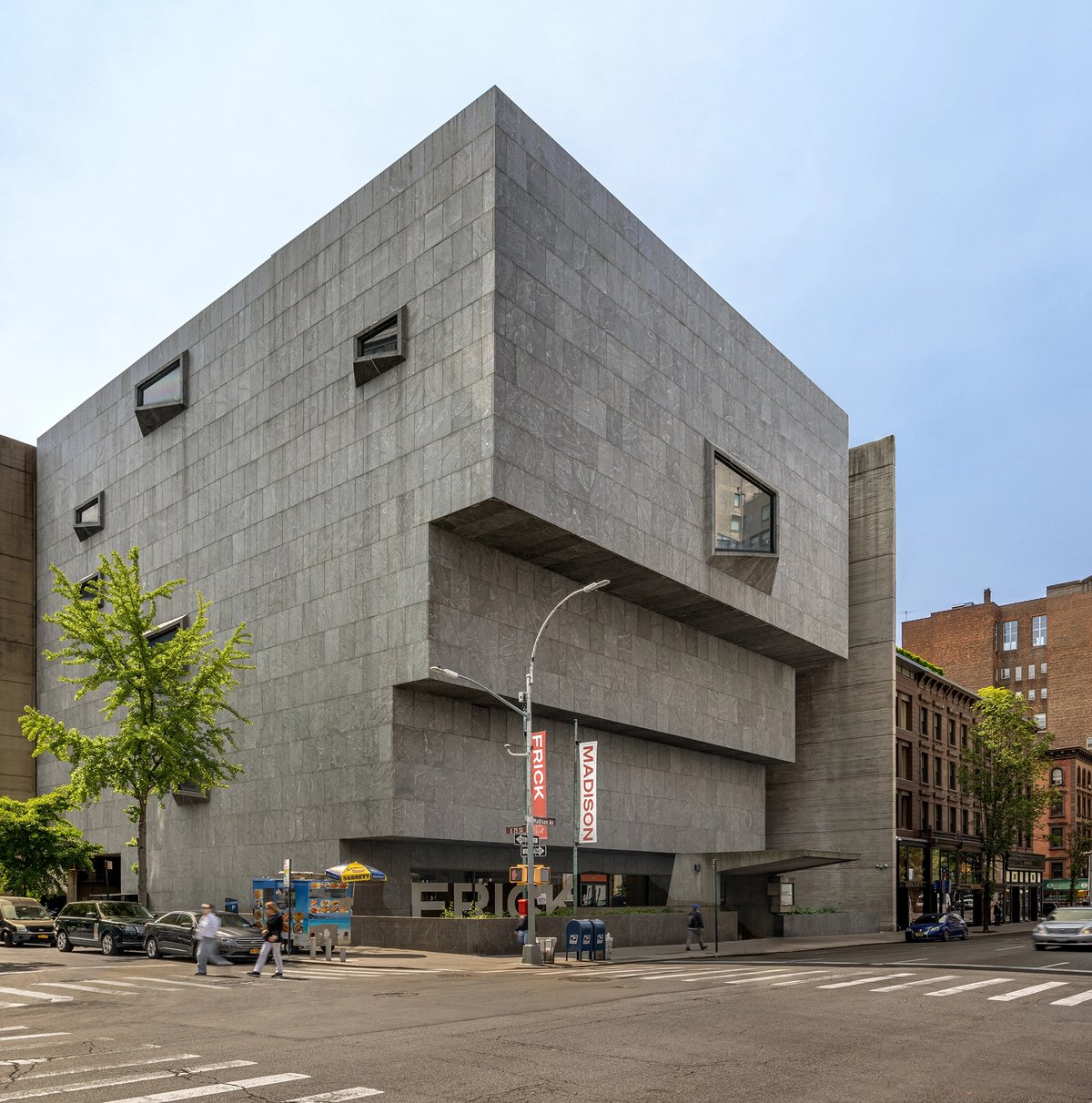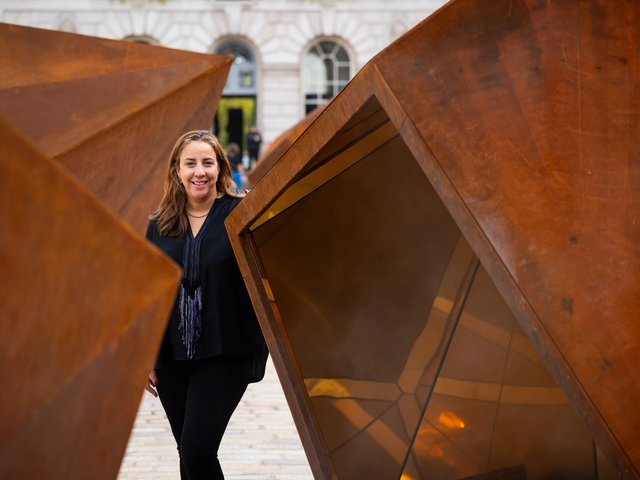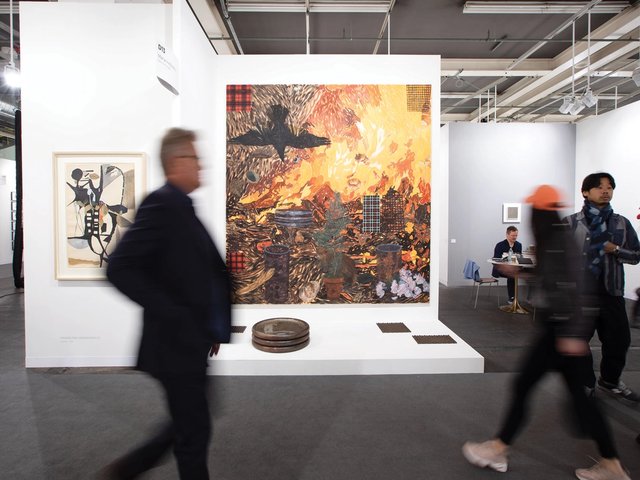A pandemic, wars, geopolitical tensions, economic strife: the 2020s have been quite the ride so far. Many will be glad to see the back of 2024 and hope that 1 January will usher in more stability, if nothing else.
Auction house staffing levels are often telling of the state of the market, and just before Christmas Sotheby’s made hefty cuts. And yet, in 2025 the auction house will move into its new $100m headquarters in the Breuer building, once home to the Whitney Museum of American Art. The art market is nothing if not contrary, after all.
So what else might this year hold in store? We asked industry figures for their predictions.
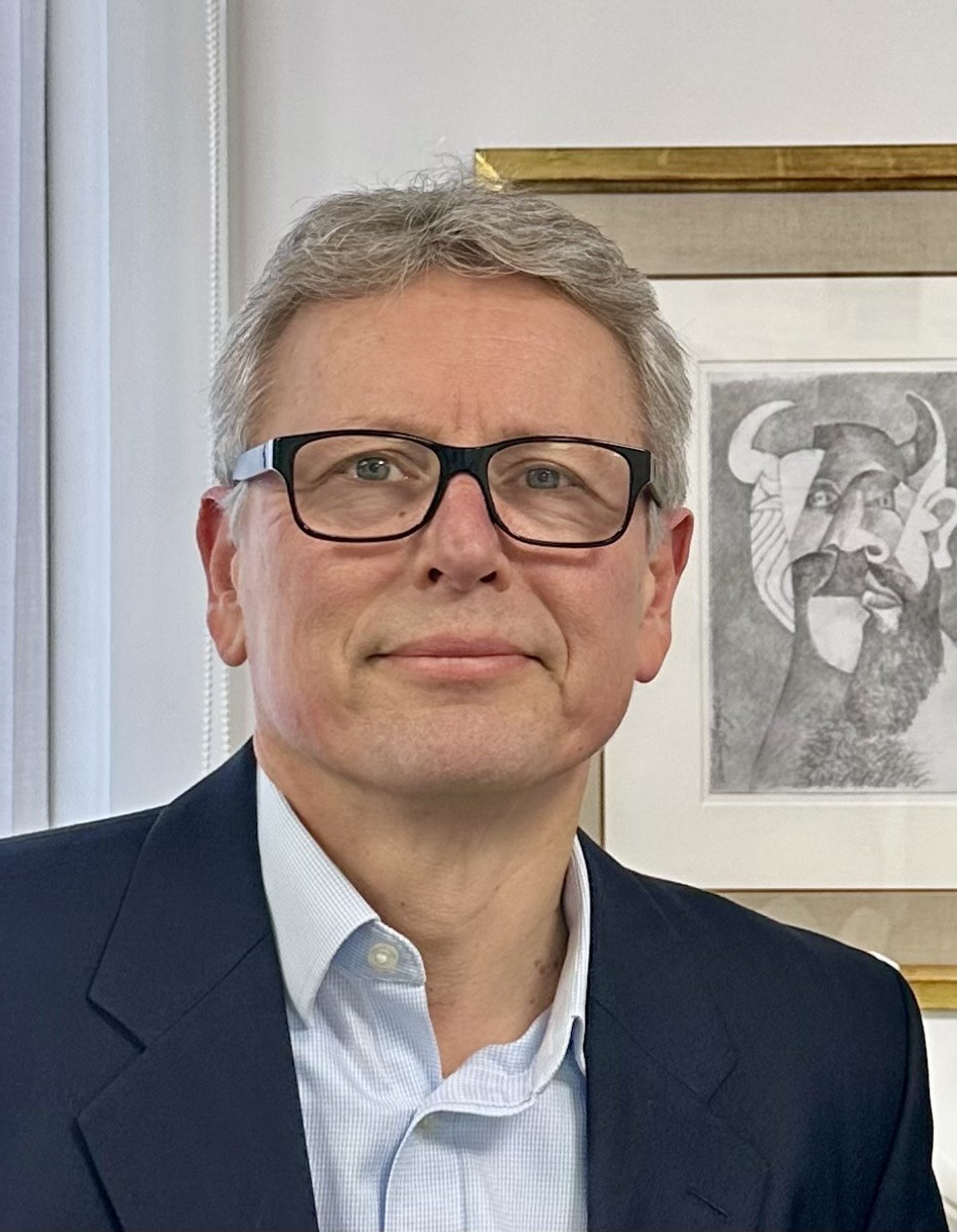
Courtesy Jussi Pylkkänen
Jussi Pylkkänen
Founder, Art Pylkkänen, and former global president, Christie’s
“In the current climate, it makes best sense to look at the buyers and sellers in the fine art market separately. On the buying side, there is plenty of activity at the lower end of the market, which is showing good signs of health; there are plenty of people who are invested in creating collections, both classical and contemporary, and will push prices 10% higher by the end of 2025. Where there will be room for improvement is in the middle market, where current geo-political issues, the slowing down of Asian engagement and the tightening of belts in Europe has led to a softening of prices and lower sell-through rates of the day sales at the major auction houses. This softness is also being felt by the very contemporary market, which will not follow previous years of ebullient growth. At the top end of the picture market, there is plenty of appetite to chase works of high quality, with art advisers and dealers playing an ever-growing role targeting major works to satisfy this demand as the auction houses find it hard to source these objects.
On the selling side, more and more collectors and estates are looking for alternative routes to manage their disposals. Dealers and art advisers will have an important role to play here in 2025 as owners continue to rely on the private market to complete discreet transactions.”

Photo: Timothy Greenfield-Sanders
Amy Cappellazzo
Founding partner, Art Intelligence Global, New York
“This is the year that the visual algorithms that appear on our social media, news feeds and gallery offerings deepen and calcify ever more greatly. We will continue to receive iterations of what we already know and ‘like’, with only the slightest variation that tests our appetite and aesthetic predilections. Many will think this is a good thing, even view it as progress, because it will save time from the need to sift through so much visual debris. But it will also make us weaker, less intellectually independent and more complacent.
But there is hope. This is also the year that the smartest and bravest participants in the art market—artists, collectors, dealers, editors, writers—tear away from the long, deep groove of our own selves and start looking again at what is unpopular, off market, passé, ugly, difficult and challenging. Thinking and betting bravely on something less than obvious is what will save us personally, and bring a renewed robustness to the art market, curatorial practice, dinner conversations and free thinking.”

© Christies Images Limited
Guillaume Cerutti
Chief executive officer, Christie’s
“My hope for 2025 is that the art market will continue to strive for an active and committed approach to sustainability. Some progress has been made in recent years, but much remains to be done. In particular, there is a need to improve the precision, measurability and transparency of the commitments made by auction houses, galleries and art fairs. At Christie’s, we will continue to prioritise these efforts through our participation in the Science Based Targets Initiative.”

Photo: Damian Griffiths
Niru Ratnam
Founder, Niru Ratnam gallery, London
“Europe will continue to slide into its post-Imperial torpor; still, London is a good place to be a collector, even though there are fewer collectors here. Those who continue to collect might be more ambitious in scope, as there is less market pressure from speculators to focus on particular genres. Galleries, in turn, will probably offer more ambitious programmes.
The US will continue its market revival; there will be a continued surge of curatorial and market dynamics in the Emirates and Qatar, driven by Sharjah and the opening of the big museums in Abu Dhabi; and the Indian contemporary art market will rise in importance. One of the auction houses will fold, as will more fairs. In short: we’re in for an interesting ride!”
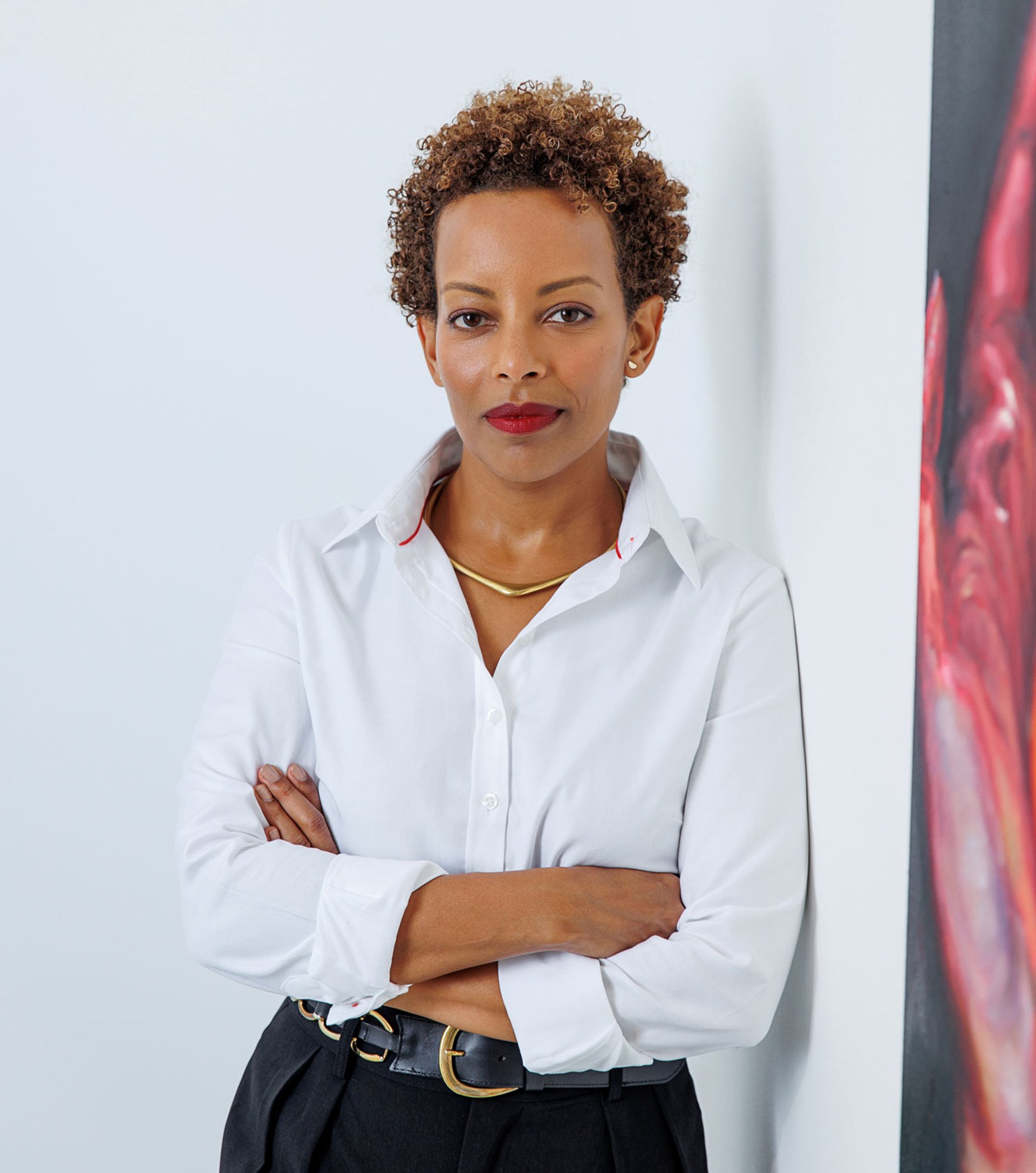
Photo: Bandele Zuberi
Rakeb Sile
Co-founder and director, Addis Fine Art, Addis Ababa and London
“As we have already started to see in 2024, in 2025 I predict significant growth in galleries exploring creative new business practices in the face of a challenging market. More galleries will move away from standard white-cube permanent spaces—which create significant logistical and financial burdens, particularly for emerging galleries—in order to explore nomadic and collaborative exhibition models. There will also be increased flexibility across the landscape of artist representation, as galleries find new ways of working together to collaboratively support artists’ careers. The slowed market has forced us to examine the traditional gallery model through a critical lens, and this essential re-evaluation offers a catalyst for positive change.”

Courtesy Patti Wong
Patti Wong
Co-founder and partner, Patti Wong & Associates, Hong Kong
“We foresee much of the buying power will be coming from American collectors and their taste will dominate in 2025. Think Ruscha, Lichtenstein, Basquiat, Condo, Hockney and Warhol. Constrained supply in Europe and Asia continues, with buyers pivoting to Surrealism and perhaps a renewed interest in the Old Masters.”
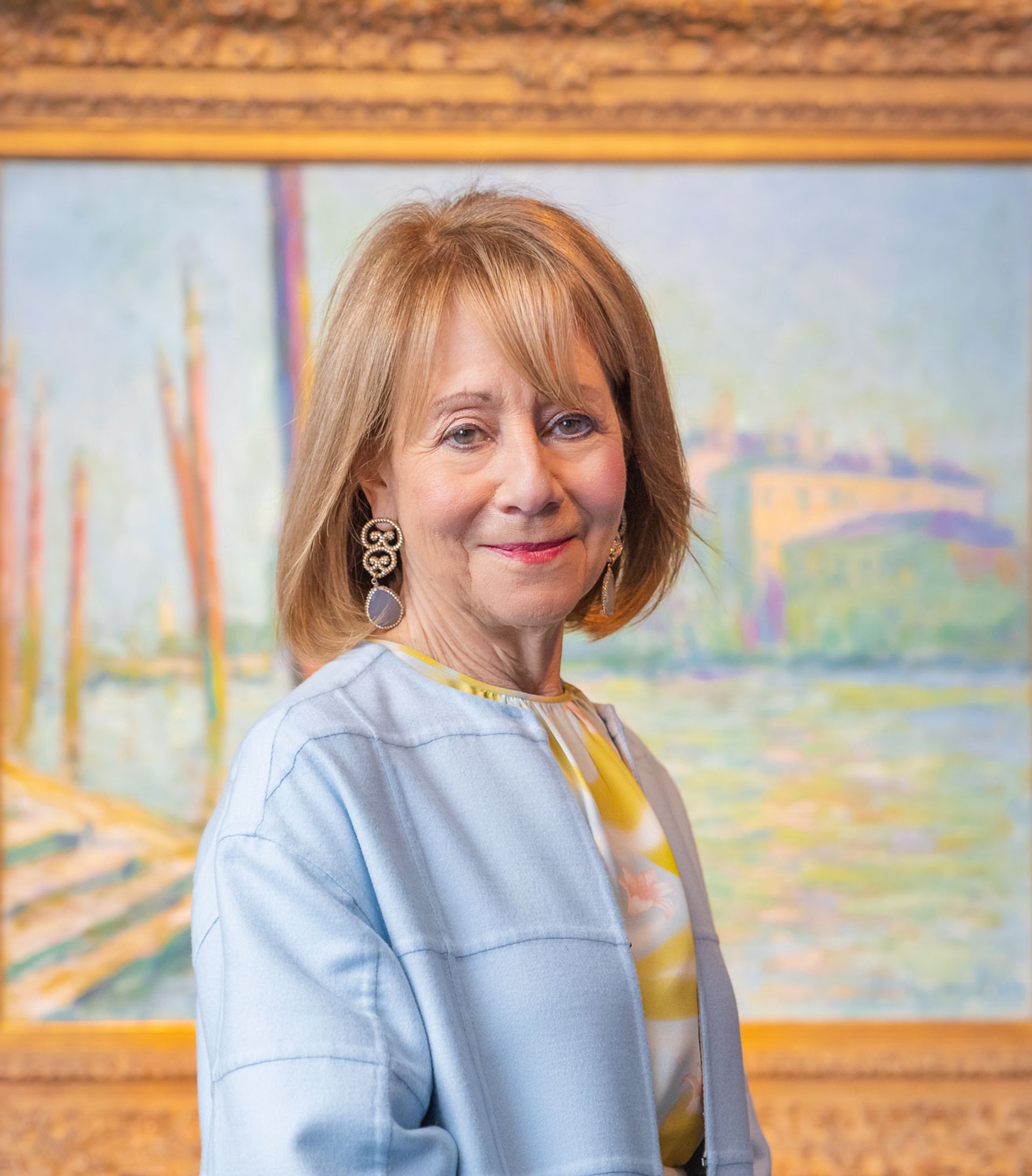
© Julian Cassady Photography
Lisa Dennison
Chair, Sotheby’s Americas
“While livestreaming and online bidding have flourished and become more sophisticated, it feels that collectors want to reconnect with the unique thrill of a live auction. In 2025, this will mean ever greater creativity with sales that mix traditional categories, with special lighting and digital enhancements focused on the experience of audiences both in the room and at home. For us at Sotheby’s New York, there is, of course, huge anticipation ahead of our move to the Breuer at the end of the year.”
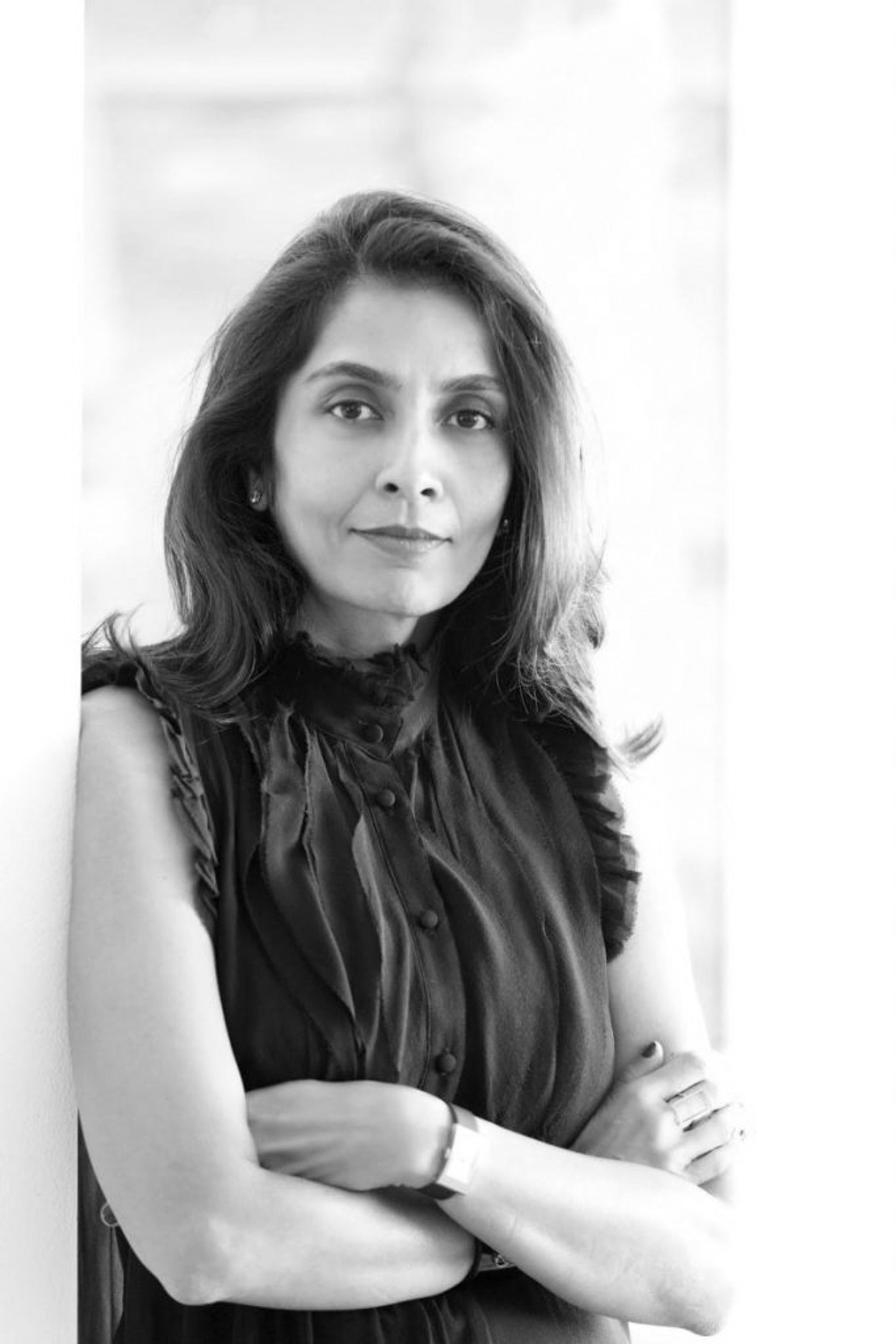
Amrita Jhaveri
Co-founder of Jhaveri Contemporary, Mumbai
"With exhibitions such as the recent show at the Barbican, and forthcoming shows at the Serpentine Gallery, Royal Academy of Arts and Kiran Nadar Museum of Art, highlighting Indian artists who came of age in the 70s and 80s, I predict a shift in the market interest from the post-Independence generation of Modern painters like Souza and Raza to the next generation of mostly female artists such as Arpita Singh, Nilima Sheikh and Mrinalini Mukherjee. The market in India has been strong and will continue to perform well with records being set for this for this group of artists.”
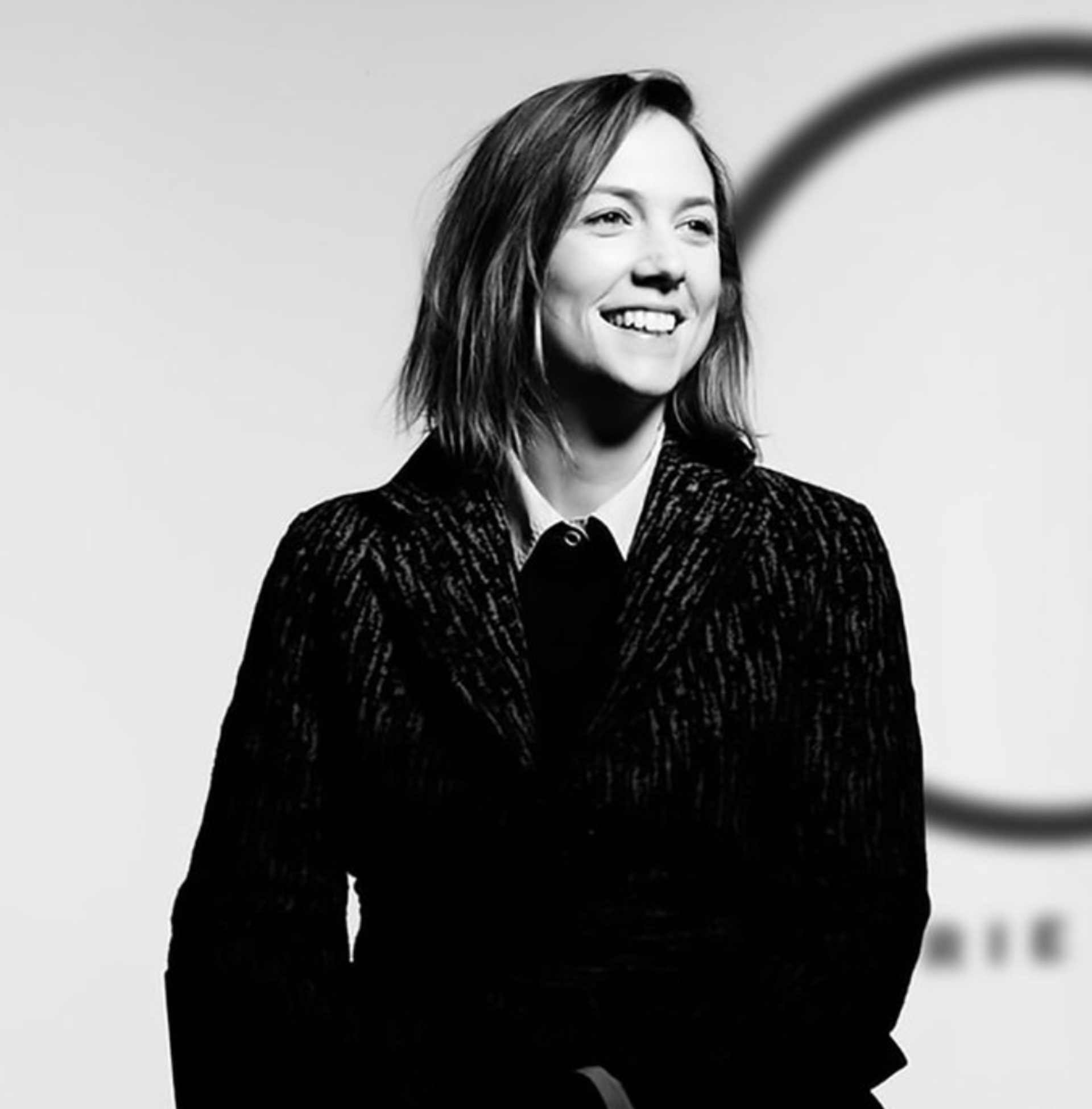
Carrie Scott
Curator and founder of Seen art consultancy, London
“2025 will be the year collectors go hyper-local and demand hyper-connectedness. Regional art hubs will thrive as collectors seek work that reflects their roots and local stories. But it won’t stop there—artists who bridge these narratives with innovative digital experiences - immersive storytelling, or using NFTs as COAs - will dominate. It’s all about art that feels personal, grounded, and boundary-breaking at the same time. Least, that’s what I hope.”


